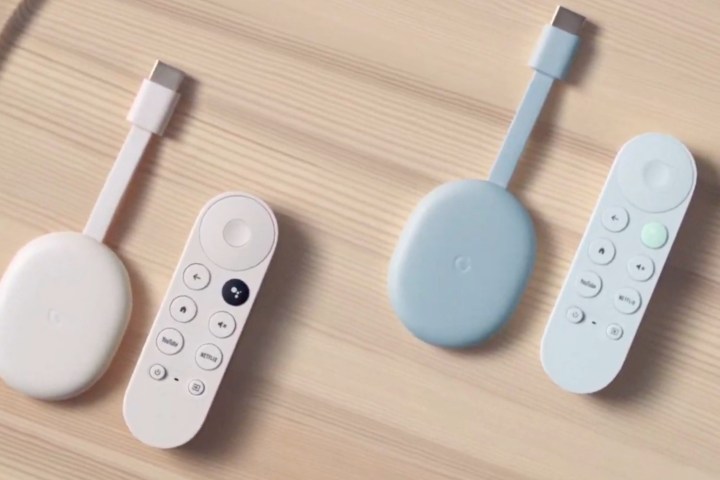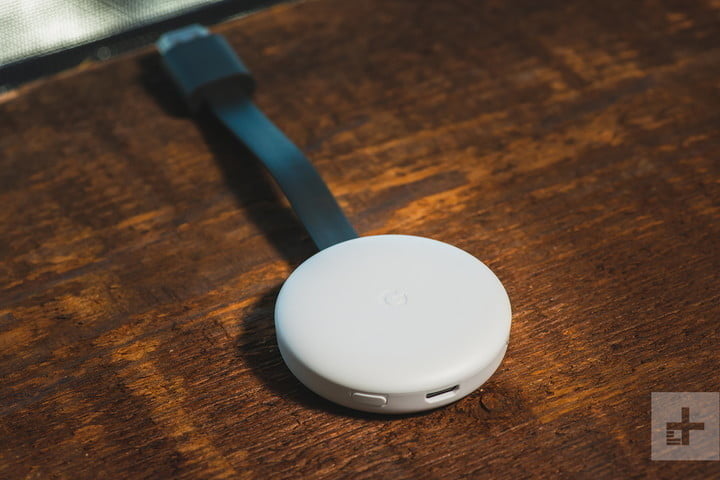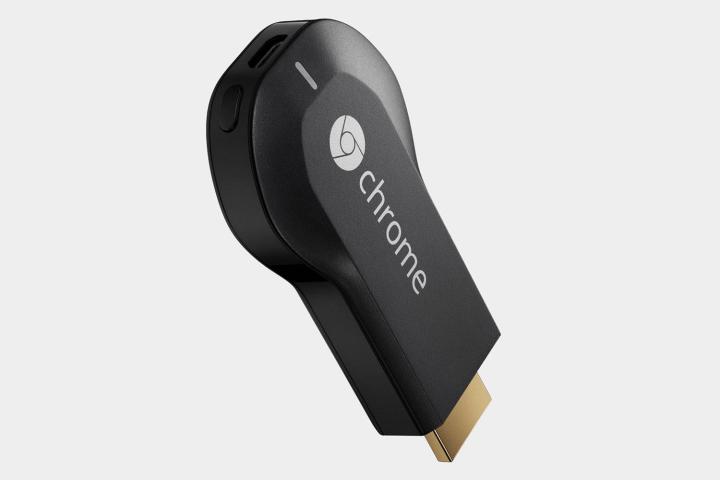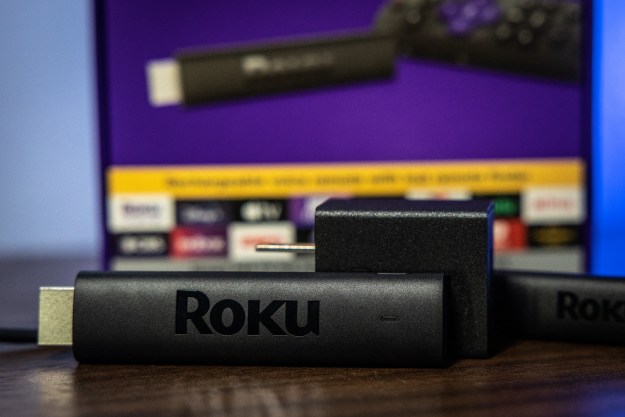Your Google Chromecast is an instant portal to a world of smart content, even if the TV you have it connected to isn’t web-connected. But, like any tech, there are times where your Chromecast may require a reset. Maybe the device has stopped working correctly or you’re considering an upgrade and want to clear your data from your Chromecast before trading up. Whatever the reason, we’ve put together this guide to walk you through the reset process for each Chromecast product.
Resetting Chromecast with Google TV

The latest Chromecast model is the first to feature an onscreen interface. Google TV parses through all of your subscription services (Netflix, Hulu, Amazon Video) to build a quick-access landing page with recommended movies and shows based on your interests. It’s the first Chromecast product to not exclusively use casting from a mobile device and also the first to feature a remote.
If you need to factory reset your Chromecast with
Resetting from the Chromecast device
Every Chromecast product features a physical reset button located near the power port of the device. To begin the reset process, press and hold the reset button. Your Chromecast will start blinking yellow. Keep the button held until the LED light turns solid white. This indicates that the factory reset was successful.
Using the Chromecast voice remote
You can also reset your Chromecast with
Resetting Chromecast (2nd/3rd gen) and Chromecast Ultra

Using the tried and true casting method, the second and third-gen Chromecast models (and the Chromecast Ultra) allow you to stream content from your preferred iOS/
If you need to reboot any of these three models, read on to find out how.
From the Chromecast device
With the Chromecast physically powered, hold down the reset button on the back of the device. Your Chromecast will begin blinking orange. Once the LED turns solid white, the factory reset will begin.
Using the Google Home app
In this section, we’ll cover how to reset using both
For iOS devices, open the
Chromecast (1st gen)

The one that started it all, the first-generation Chromecast introduced app-casting to the world of streaming content. There are two major ways to perform a factory reset of the O.G. Chromecast.
From the Chromecast device
With your Chromecast plugged into the TV, hold down the reset button on the bottom of the device for about 25 seconds. The solid LED will begin blinking red. Once the LED starts flashing white, let go of the button. Your Chromecast will then begin the reset process.
Using the Google Home app
For
Editors' Recommendations
- A $20 Chromecast with Google TV is perfect for this one reason
- Best streaming devices for 2024: Apple TV, Roku, Fire TV, and more
- There’s only one streaming device that lets you escape ads
- Google is expanding Fast Pair, casting to more devices
- The best Google TVs of 2023: from TCL, Sony, and Hisense




